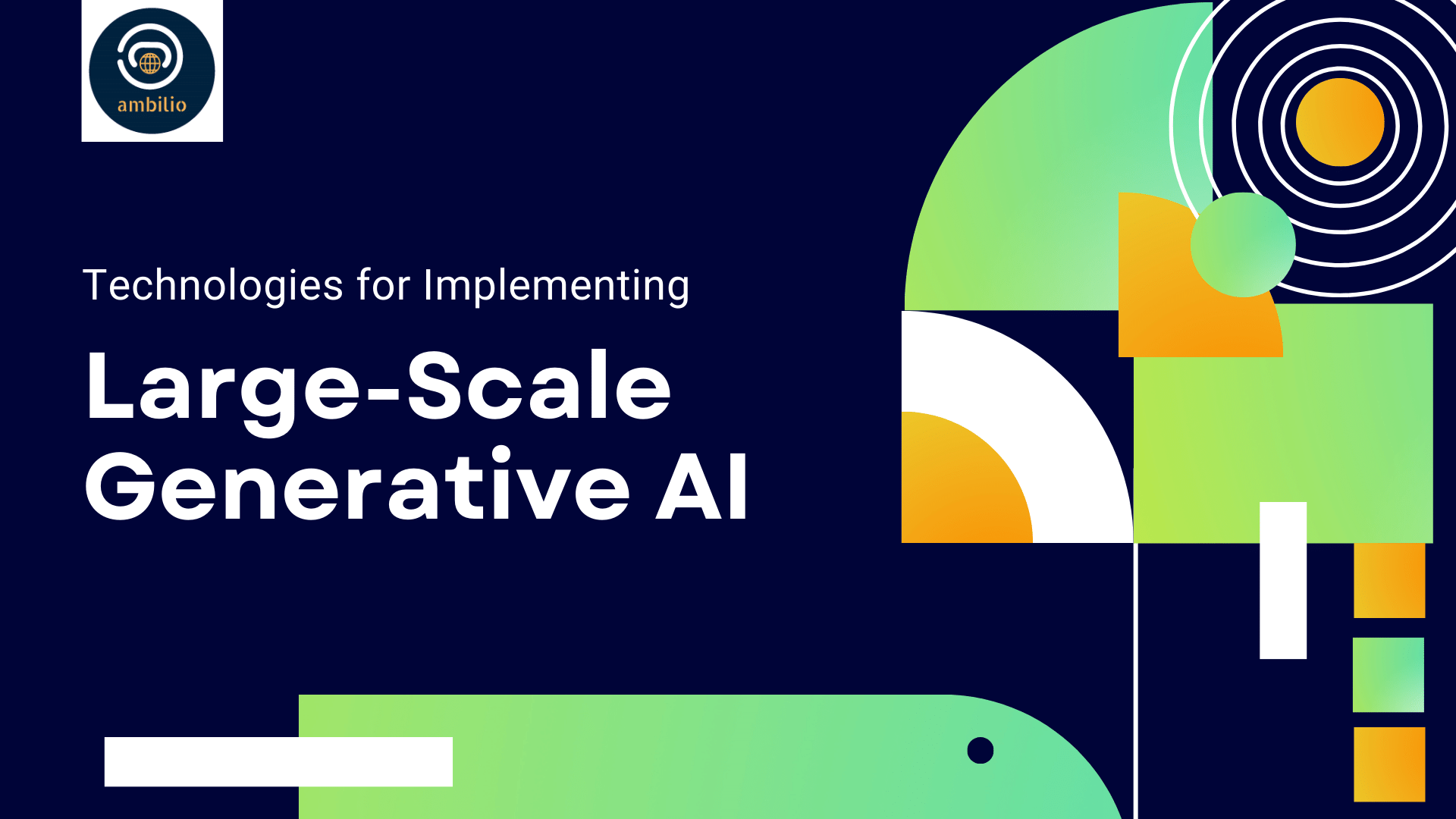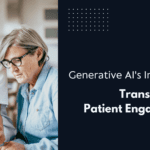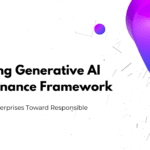Large-scale generative AI is revolutionizing the way businesses operate, offering unprecedented opportunities for innovation and optimization. However, tapping into the potential of generative AI requires a solid technological foundation. Here, in this coverage, we explore the key technologies that businesses must have in place to successfully implement large-scale generative AI for transformative outcomes.
1. Foundational Technologies
Computing Power: At the heart of large-scale generative AI is the need for substantial computing power. High-performance computing (HPC) clusters equipped with Graphics Processing Units (GPUs) and specialized AI accelerators are indispensable. Cloud platforms such as Google Cloud and Amazon Web Services provide scalable and accessible HPC solutions, allowing businesses to leverage powerful computational resources on-demand.
Data Infrastructure: Generative AI thrives on data, and building a robust data infrastructure is paramount. This includes implementing data platforms, data lakes, and efficient data pipelines capable of storing, managing, and processing massive datasets. A well-designed data infrastructure ensures the seamless flow of information, essential for both training and inference.
Machine Learning Frameworks: Frameworks like TensorFlow, PyTorch, and JAX serve as the building blocks for developing, training, and deploying generative models. These frameworks offer efficient libraries, optimizers, and functionalities, streamlining the development process and enabling businesses to create high-quality AI models.
2. Core Generative AI Techniques
Deep Learning Architectures: Understanding different deep learning architectures is crucial for selecting the right approach based on the task at hand. Convolutional Neural Networks (CNNs) excel in image and video generation, while Recurrent Neural Networks (RNNs) are powerful for text and sequential data. Advanced techniques like Generative Adversarial Networks (GANs) and Variational Autoencoders (VAEs) add diversity and realism to generated content.
Natural Language Processing (NLP): For businesses dealing with text-based data, robust NLP capabilities are essential. This includes implementing tokenization, language modeling, sentiment analysis, and text generation techniques. Leveraging NLP allows businesses to extract valuable insights from textual data and generate high-quality human-like text content.
3. Integration and Deployment
Model Serving Infrastructure: Once generative models are trained, they need to be seamlessly integrated into existing workflows. Model serving infrastructure, including platforms for efficient inference and real-time predictions, is vital. Application Programming Interfaces (APIs) and microservices facilitate integration with various applications and business processes.
Monitoring and Governance: Continuous monitoring of model performance and addressing potential biases are critical aspects of responsible AI deployment. Explainability tools help interpret model decisions, contributing to transparency and accountability. Establishing governance frameworks ensures ethical and responsible deployment of generative AI across different business domains.
4. Additional Considerations
Data Security and Privacy: Protecting sensitive data used for training and inference is non-negotiable. Implementing robust security measures, including encryption and access controls, is essential. Adhering to data privacy regulations ensures compliance and builds trust with customers.
Human-in-the-Loop Systems: While generative AI automates tasks, human oversight remains essential. Building hybrid systems that combine human expertise with AI capabilities ensures optimal outcomes. This approach enhances the quality of generated content and mitigates potential risks associated with fully autonomous systems.
Talent and Expertise: Building and managing large-scale generative AI projects require specialized skills and expertise. Businesses must invest in fostering a culture of continuous learning, providing training opportunities for existing staff, and collaborating with AI experts to navigate the evolving landscape of generative AI.
Final Words
In conclusion, unlocking the full potential of large-scale generative AI for business success necessitates a strategic approach that encompasses diverse technologies, expertise, and responsible practices. By investing in the right infrastructure, leveraging advanced techniques, and implementing robust governance frameworks, businesses can harness the power of generative AI to drive innovation, optimize processes, and gain a competitive edge in today’s dynamic business environment. Staying informed about the latest advancements and ethical considerations will be crucial for maximizing the benefits of generative AI in the long run.



